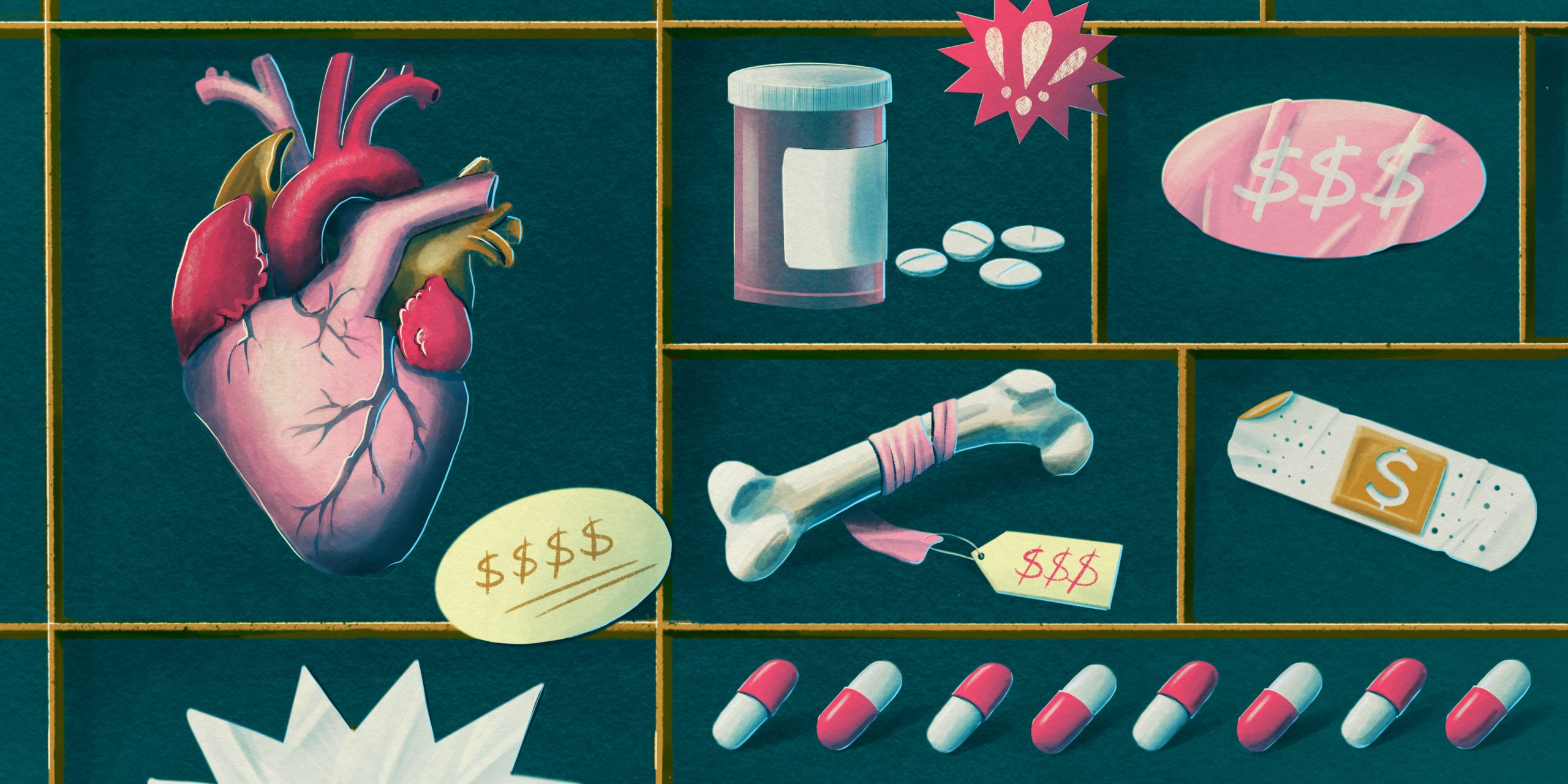Business
Why Healthcare is So Expensive in the U.S.

Healthcare costs in the United States are among the highest in the world. Such spending in 2021 topped a whopping $4.3 trillion — roughly $12,900 per person. That’s about $6,000 more per person than what other western nations pay, according to the Peter G. Peterson Foundation.
Hospital care accounts for 31% of the healthcare costs in this country. If you have a bunch of medical bill debt, you might be wondering why healthcare is so expensive in the U.S.
The fact is that the nation’s healthcare system is market driven and intricate, and a myriad of factors affect the cost of healthcare. Let’s explore.
Rising Drug Prices
U.S. residents pay nearly two times as much for prescription medicines as do people in other industrialized countries, largely because drug prices here are largely unregulated. In the United States, private insurance companies may negotiate drug prices with producers. However, Medicare is not allowed to negotiate prices with developers, even though the government-sponsored insurer pays for a big portion of U.S. drug costs.
Increasing Administrative Costs
Some 8% of the amount the U.S. spends on healthcare goes to administrative costs, according to a JAMA study. That’s compared to up to 3% in 10 other study countries.
It’s no real wonder, considering that the highly intricate U.S. system has separate rules, enrollment dates, funding, and out-of-pocket costs for private insurance and employer-sponsored and government insurance. What’s more, each sector calls for consumers to select among a number of coverage tiers, managed care plans, plans with deductibles, and fee-for-service systems.
Then there is pharmaceutical drug insurance with its varying coverage tiers, copays, deductibles, or coinsurance. Providers, meanwhile, must contend with layers of regulations concerning coding, usage, and billing. Such activities comprise the biggest share of administrative costs.
The U.S. Pays Physicians More
In 2020, the average U.S. family physician made $214,370; specialists, $316,000. Both figures are substantially more, on average, than what their counterparts earn in other industrialized nations. Similarly, the average salary for a registered nurse in the U.S. is around $74,250. That’s compared to $60,253 in the Netherlands, for example, and $58,041 in Switzerland.
HMOs and PPOs in the U.S. do help lower healthcare costs, in that patients are required to get prior authorization before seeing specialists.
Hospital Profits
In the U.S., 31% of healthcare costs are for hospital care. According to a study in Health Affairs, inpatient and outpatient hospital care prices increased much quicker than physician prices between 2007 and 2014.
Further, what U.S. hospitals charge for surgeries substantially surpasses what hospitals in other countries charge. For example, an angioplasty costs about $32,230 in the U.S., compared to $7,370 in Switzerland and $6,390 in the Netherlands.
High Prices of Tests and Procedures
In the United States, which has become increasingly litigious, hospitals and healthcare professionals often seek to head off lawsuits by ordering a variety of tests – just in case. To illustrate, the average cost of a CT scan in the U.S. is $896. Such scans cost $500 in Australia and just $97 in Canada. Moreover, while an MRI scan costs about $450 in Britain, it runs $1,420 in the U.S.
Broad Price Variances
Due to the complexity of the nation’s healthcare system, and the fact that there are no established prices for care services, providers may almost charge what they wish. Amounts charged for the same service tend to hinge on the payer and geographical area.
Ultimately, healthcare is so expensive in the U.S. due to an array of factors and variables. Those include high administrative costs and the fact that the government plays a lesser role in negotiating healthcare prices, compared to most other developed countries.



















